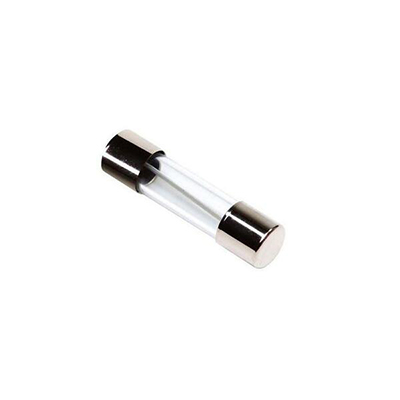Wire Harness Environmental Impact Assessment Considering Recyclable Materials Usage
News 2025-10-24
Wire harnesses are critical components in various electronic systems, bundling cables and connectors to ensure efficient signal transmission. Assessing their environmental impact is essential, particularly with the growing emphasis on sustainability. This article explores how incorporating recyclable materials can mitigate adverse effects, focusing on resource consumption, waste generation, and carbon emissions. By evaluating these factors, industries can adopt greener practices that align with regulatory standards and consumer demands for eco-friendly products.

Environmental Assessment Methodology
Life cycle analysis (LCA) serves as a foundational tool for evaluating wire harnesses. This method examines stages from raw material extraction to disposal, quantifying impacts like energy use and pollution. When recyclable materials such as polymers and metals are integrated, the assessment highlights reductions in landfill waste and resource depletion. For instance, using recycled copper lowers the carbon footprint by minimizing mining activities, providing a data-driven approach to enhance environmental performance in manufacturing.
Benefits of Recyclable Materials
Incorporating recyclable materials not only cuts environmental harm but also boosts performance. These materials often exhibit comparable or superior durability, resisting wear in demanding conditions like automotive engines. In applications such as aerospace, they reduce weight, improving fuel efficiency and lowering operational costs. Moreover, this shift supports compliance with standards like RoHS, fostering innovation and market competitiveness by appealing to environmentally conscious stakeholders.
Application Scenarios in Key Industries
Wire harnesses with recyclable materials find extensive use in sectors like automotive and consumer electronics. In electric vehicles, they enable efficient energy management while reducing the ecological footprint through easier recycling at end-of-life. Similarly, in medical devices, these harnesses ensure reliable connectivity with minimal environmental impact, enhancing device longevity and supporting sustainable healthcare solutions. This adaptability underscores their role in driving industry-wide sustainability.
Frequently Asked Questions
1. What is the main environmental advantage of recyclable materials in wire harnesses?
They significantly decrease waste and conserve resources by enabling reuse and reducing the need for virgin materials.
2. How do these assessments influence product design?
They guide engineers to select materials that minimize ecological harm, leading to more sustainable and efficient designs.
3. Which industries see the greatest gains from this approach?
Automotive and electronics industries benefit most, as it aligns with their needs for durability and regulatory compliance while promoting green practices.


